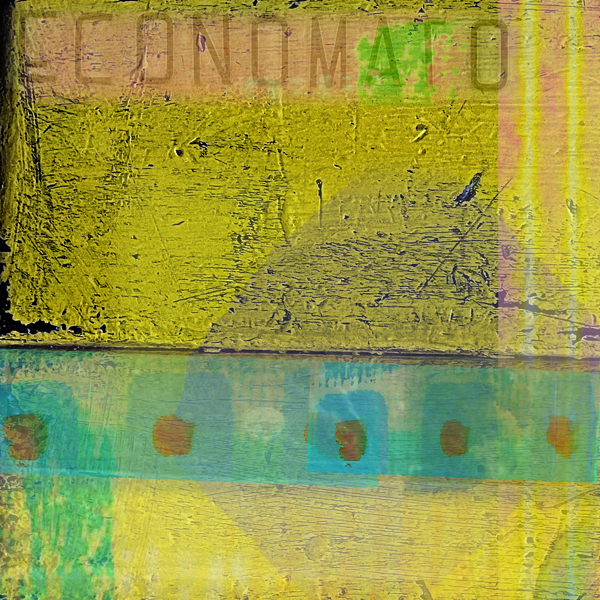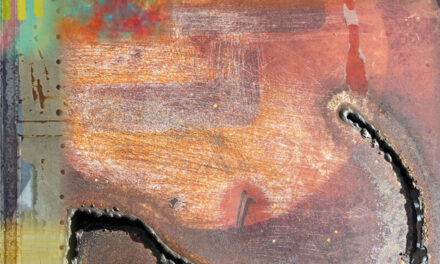There’s trouble on the Sacramento-San Joaquin River Delta. Thousands of steelhead trout are suddenly dying.
It’s no mystery. The culprit is clear.
Like salmon, steelhead trout travel from fresh water to the sea. In this part of California, they migrate down the American River and the San Joaquin River through the delta to the ocean.
Then they return to the rivers to spawn. This is their customary path, but the path has been disrupted. The problem is pumps which send water roaring south for California’s sprawling farms. Intense suction from these pumps sweeps steelhead out of the current and slams them up against screens which shield the entrance to big pipes. Unable to move, unable to continue their journey to the sea, the fish die.
Thousands of steelhead trout, understandably designated as a threatened species, have been killed so far this spring.
As usual, easy answers are elusive. For water from the two rivers and the delta to make its way to farmers, there’s no turning off the pumps. Dialing back their power, to reduce the suction that snarls the steelhead, reduces the flow of much needed water.
That’s where things stand right now. California’s Central Valley Project, operated by the U.S. Bureau of Reclamation, has reduced pumping pressure for the time being.
The impacts, for both famers and fish, remains to be seen. It would appear policy changes for water management will need to be agreed upon by interests historically at loggerheads.
That’s the trouble on the Sacramento-San Joaquin River Delta this spring. Tough decisions waiting to be made by opposing interests. At stake, a choice between survival and extinction for the steelhead trout.






